Photographs: Reuters Evan A Feigenbaum
For decades, China's blistering growth has depended on exports and investment.
The country has become the world's workshop, lifting millions out of dire poverty.
And for the first time in nearly two centuries, China has returned to a position of global power and influence.
But this growth model is no longer sustainable and its savvy leaders know it.
They are committed to rebalancing the country's economy because their capital-intensive, export-oriented approach is delivering diminishing returns and threatens to become a major political vulnerability for the government.
. . .
How China is rebalancing its economy
Image: Chinese currency.The global economic crisis provided clear evidence that China's export-driven economy was vulnerable to dips in demand in the rest of the world.
Meanwhile, its dependence on investment has introduced distortions and imbalances into the economy.
China's rebalancing agenda is not merely about economics but, ultimately, the political viability of the Chinese system.
Beijing has delivered economic prosperity to many Chinese citizens.
. . .
How China is rebalancing its economy
But those very successes have yielded numerous problems which could undermine the regime's legitimacy if left unattended.
In a comprehensive new report on the future of China's political economy, 'China's Great Rebalancing Act', my colleagues and I at Eurasia Group examined the maladies that confront Chinese leaders and the solutions they have prescribed to remedy them.
Their blueprint is the 12th Five-Year Plan, a set of strategic goals and binding economic targets through which they aim to alter China's macroeconomic landscape in far-reaching ways, with effects likely to be felt for a decade to come.
. . .
How China is rebalancing its economy
Image: The Great Wall of China.Photographs: Reuters
We identified four.
First, China's economy is overly dependent on fixed asset investment and exports. Consumption is about 35 per cent of GDP, a figure well below that of developing countries such as India.
And the perpetuation of a production-intensive economic model owes much to inefficient capital allocation.
Second, companies -- and the Chinese government -- have captured much of the enormous wealth generated in the last three decades at the expense of Chinese households.
. . .
How China is rebalancing its economy
And this dynamic is not only exacerbating an already yawning gap between the government and business elite on the one hand and average Chinese citizens on the other, it is also repressing consumption.
Third, vast regional disparities mean that policy makers in Beijing face the unique problem of having to deal with issues typical of both 21st-century middle-income countries and 20th-century developing countries.
And these inequalities play out across a continent-sized economy: the wealthy coast contrasts starkly with the continental hinterlands.
. . .
How China is rebalancing its economy
Fourth, capital-intensive growth has exacted steep environmental and resource costs. Subsidised energy and land prices have encouraged companies to exploit China's natural resources and ignore debilitating energy inefficiencies.
The good news is that China's leaders have correctly diagnosed many of China's underlying economic challenges and have, at least on paper, prescribed many of the remedies required. These include the following:
One, the Plan aims to transfer wealth from producers to households in the form of continuous income hikes or forced dividends from firms.
. . .
How China is rebalancing its economy
Image: Central Bank of China.Photographs: Reuters
Beijing will consider spending more to repair China's frayed social safety net and expand social housing.
And it emphasises human capital 'software' through job creation, education reforms and innovation incentives.
Two, the internal migration of more than 300 million people from rural areas to cities over the next several decades will, Chinese leaders hope, generate investment and a natural 'consumption windfall', driving economic growth.
. . .
How China is rebalancing its economy
Image: An employee looks up while working along a production line at Suzhou Etron Electronics factory.Photographs: Aly Song/Reuters
Three, the Plan targets virtuous investment cycles as Beijing seeks to develop a more robust services sector to absorb new urban residents, while supporting the development of higher-value-added and high-tech industries, especially in sectors such as clean energy, high-speed rail and civilian aviation.
Four, Beijing will consider making capital more accessible to both average citizens and the private sector, as well as raising the cost of inefficient investments.
. . .
How China is rebalancing its economy
Image: A construction worker watches a train pass between Shanghai and Hangzhou.Photographs: Carlos Barria/Reuters
But here's the problem: Chinese politics simply won't permit many of these reforms.
Entrenched bureaucratic, industrial and financial interests will resist everything from forced dividend payments to real financial reform.
As a result, our Eurasia Group report argues, China's economic landscape will not change as fundamentally as the plan designers -- and many foreigners -- hope.
That, in turn, means that China in five years will be more brittle and beset by social difficulties.
Although China should have little trouble muddling through until then, Chinese leaders are likely to face starker choices when the Plan has run its course in 2015 than they do today.
. . .
How China is rebalancing its economy
Image: A train driver sits in a new high-speed train before it departs from the Beijing-South station.Photographs: David Gray/Reuters
They can double down on rebalancing -- creating a more sustainable (long-term) growth model, but exacerbating (short-term) economic pain.
Or, they can continue their attempt to muddle through and risk heightened political instability as a result of the widening gap between the haves and the have-nots.
Put bluntly, our report is not optimistic that China's cautious leaders have the stomach for bold reform.
The next decade is likely to be more fraught than conventional wisdom suspects.
The author is head, Asia Practice Group, at Eurasia Group, and is also adjunct senior fellow for Asia at the Council on Foreign Relations Washington, DC

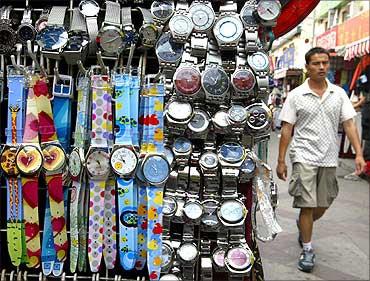



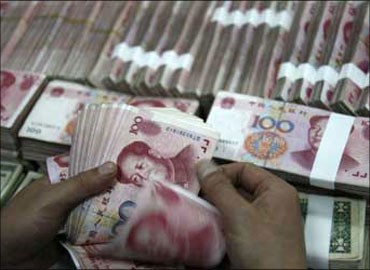

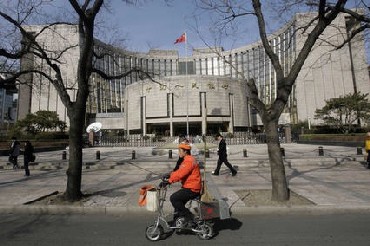
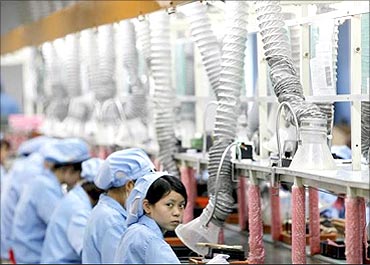
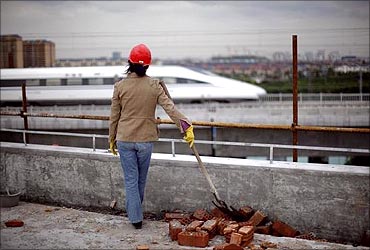


article